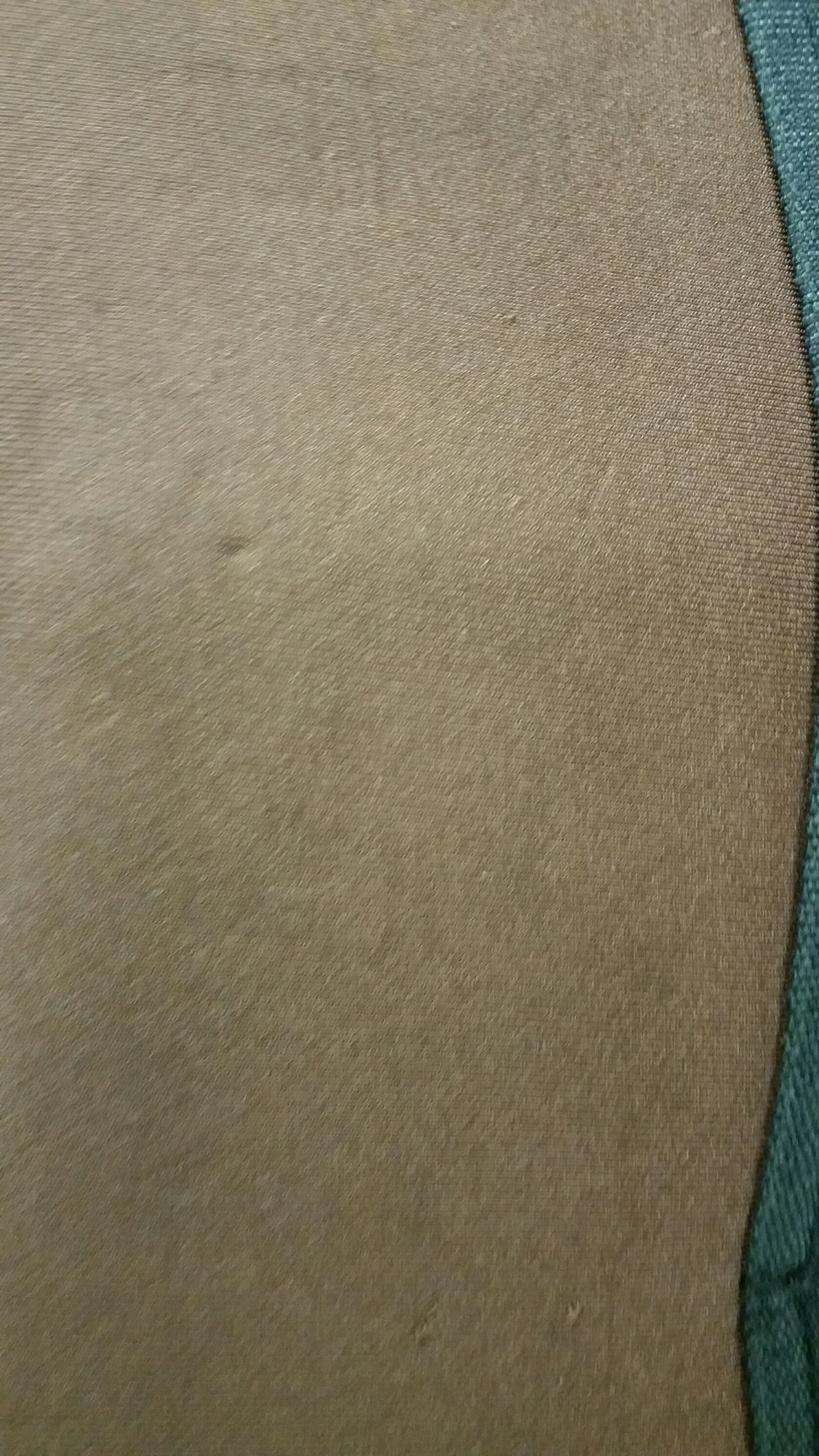Christmas MT's answer to Apichat Lee's Primary 6 Maths question.
done
{{ upvoteCount }} Upvotes
clear
{{ downvoteCount * -1 }} Downvotes

The are of P+Q is 10 cm square. Which is (1/6 +1/9 ) = 5/18 of the square area.
To calculate the full area of the square. It is 10 ÷ 5/18 = 36 cm square.
Based on that square length and breadth is the same. Square root of 36 is 6cm
The side of the square is 6 cm.
Qn 2.
If you look at the triangle formed by P and S. You get a triangle that has the same length and base of 6 cm.
So the area of P + S is 36 /2 = 18 cm square.
Area of P is 36 × 1/9 = 4 cm square.
Area of S is 18 - 4 = 14 cm square.
Fraction of S in the square = 14 /36 = 7 /18
To calculate the full area of the square. It is 10 ÷ 5/18 = 36 cm square.
Based on that square length and breadth is the same. Square root of 36 is 6cm
The side of the square is 6 cm.
Qn 2.
If you look at the triangle formed by P and S. You get a triangle that has the same length and base of 6 cm.
So the area of P + S is 36 /2 = 18 cm square.
Area of P is 36 × 1/9 = 4 cm square.
Area of S is 18 - 4 = 14 cm square.
Fraction of S in the square = 14 /36 = 7 /18
Date Posted:
6 years ago
Thanks!

